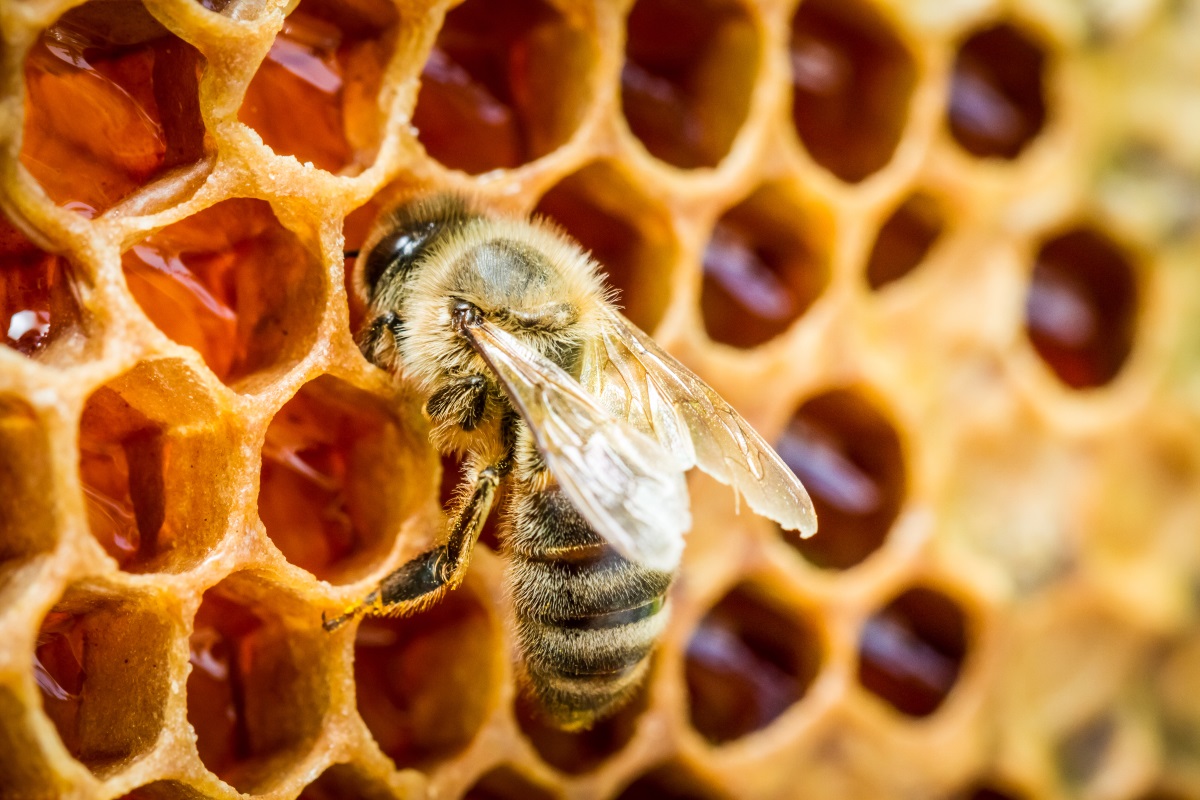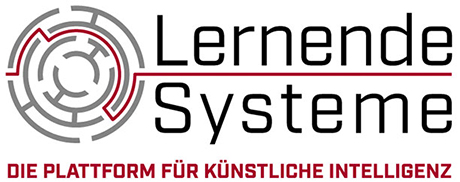Save the bees - with AI
For more than a decade, a mysterious bee mortality has been observed in many regions of the world. Between 2006 and 2017, the annual loss rate of honeybees in Europe was almost 30 percent. Only rudimentary research has been conducted to date into the reasons for this. A start-up company from Karlsruhe is now using Artificial Intelligence to analyse the well-being of bee colonies and provide data for the local conservation of biodiversity.
Katherina Schmidt has spent much of her free time dealing with insects; one of her hobbies is beekeeping. Already as a teenager she wondered how the worldwide bee mortality could come about. During her studies she decided to investigate this scientifically. "If you don't understand a complex system, you first have to get as much information about it as possible," says the business administration graduate.
Together with two friends from university - the computer scientist Frederic Tausch and the electrical engineer Matthias Diehl - she founded the start-up company apic.ai in 2018. The company name is a play on words: Apis is the Latin name for honey bee, Pic the colloquial English abbreviation for picture.
Total monitoring of a beehive

And this is how the apic.ai approach works: A measuring device is attached to the entrance of a beehive. A high-performance camera, which can generate up to 40 images per second, films the bees as they enter and leave their hive. The images are evaluated using an algorithm that has been trained to recognise certain characteristics of the bee using neural networks. Among other things, the system measures the amount and type of pollen brought into the hive by the bees - an important indicator of food availability on site. In addition, the data can be used to determine the health status of the animals, as well as possible mite infestation and - due to the difference in the number of bees entering and leaving the hive - the loss of individuals.
Artificial Intelligence should also recognize when the swarm is about to swarm - i.e. when it is ready to divide, leave the hive and look for a new home. Beekeepers using apic.ai can follow the status of their bees in real time on their smartphones. For example, they are alerted via app if the health status of their colonies deteriorates. This could stop or at least slow down the bee mortality
New approaches in agriculture and urban planning
As part of a pilot project, 48 beehives in and around Karlsruhe are now equipped with the corresponding sensor technology. The start-up is supported by regional partners such as the Ettlingen public utility company, the IT company Aunovis and the building cooperative Ardensia eG, as well as by several funding programmes.
One of the aims is to create an interactive map of local biodiversity. Based on the apic.ai information collected, farmers could create flower strips or reconsider their pesticide application. Urban planners can design industrial and residential complexes in a more ecologically sound way.
It may be possible to slow down the bee mortality in the Karlsruhe region - and later elsewhere - in the near future thanks to Artificial Intelligence.
Application facts
- Data Analytics
apic.ai
Start-Up
Website
